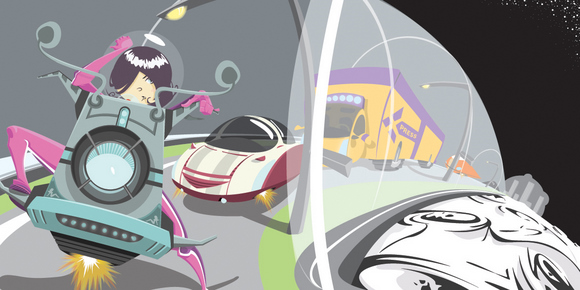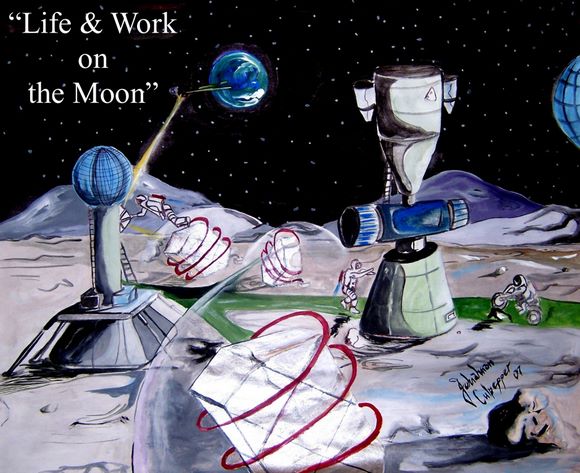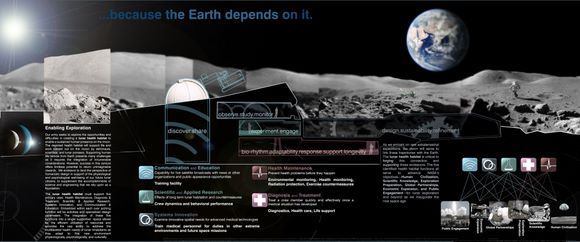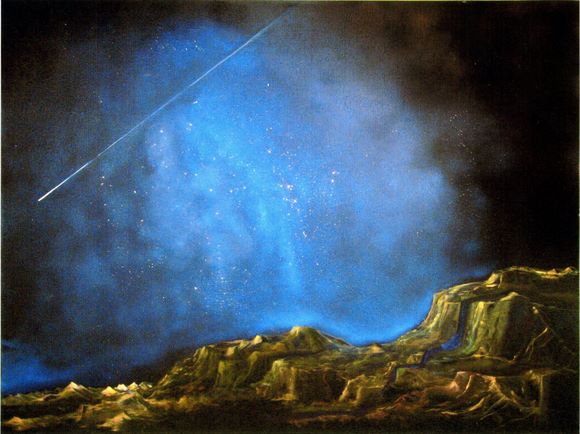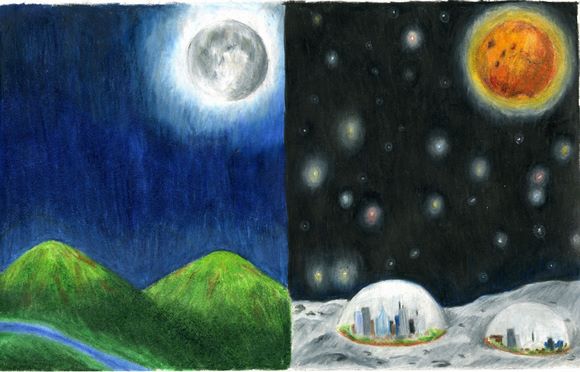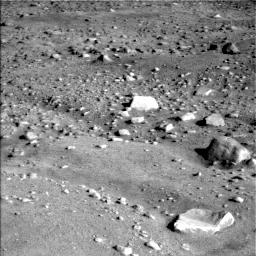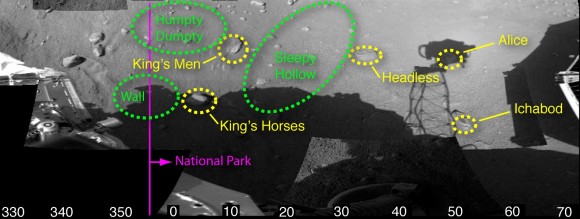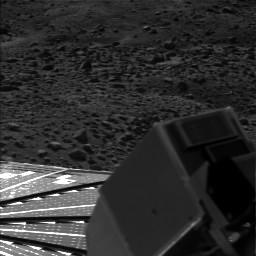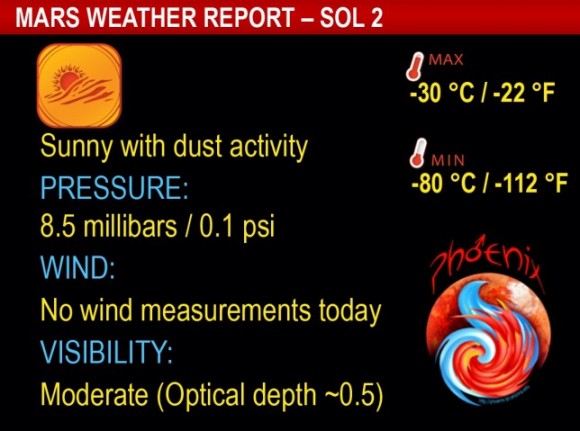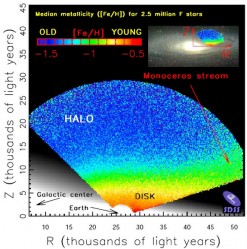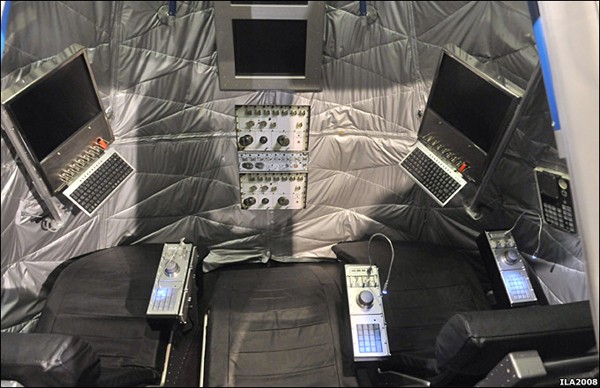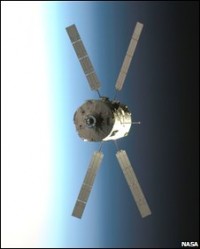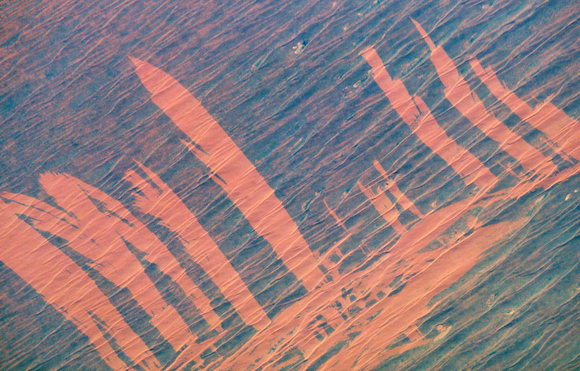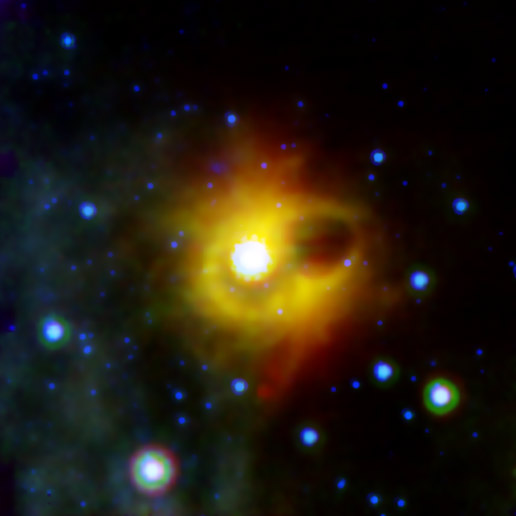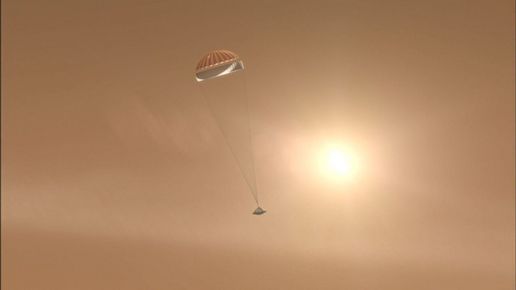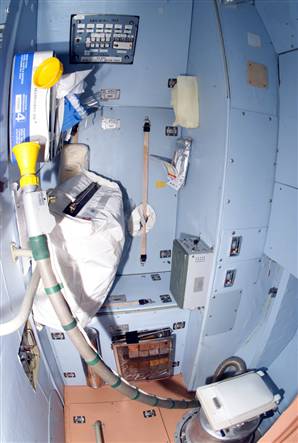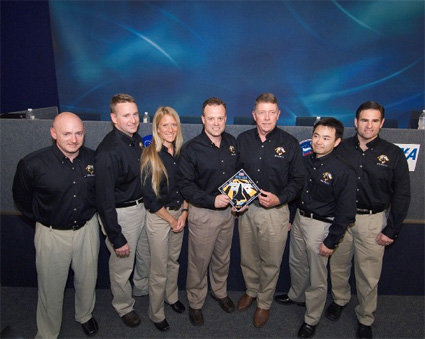NASA recently invited college and high school students to submit artwork for a contest on the theme “Life and Work on the Moon.” NASA encouraged students to form inter-disciplinary teams, so that art and humanities students could collaborate with science and engineering students, “to produce the most well-informed art work possible.” NASA just announced the winners of the contest. The first place submission is above, and is called Traffic Jam, by Justin Burns, a sophomore at the University of Memphis.
Why would an institution like NASA sponsor an art contest? “Once humans establish a presence on the Moon, the arts will be a desired facet of life there, as they are here on Earth,” says NASA’s art contest web page. “It is our intention to provoke non-science and engineering students to think about the science and engineering required to achieve the conditions suitable for humans to live and work on the moon. It is also our intention to help the science and engineering communities appreciate valuable contributions from other communities, particularly the arts.”
See more of the winners below:
2nd Place: “A Busy Day on the Moon” by Johnathan Culpepper, Senior, Medgar Evers College
3rd Place: “Enabling Exploration” by Lann Brumlilk and Corey DiRutigliano, Graduate Students, University of Cincinnati
4th Place: “Perseid Meteor Shower on a Newly Terra-formed Moon” by Ellen Ladwig, Senior, University of Missouri, St. Louis
High School Division: Tie for 1st Place:
“Pole Colony” by Asa Shultz, High School Senior, Home-schooled, Covenant Academy
“To the Moon and Beyond” by William Zhang, High School Sophomore, Skoldberg Art Academy
Source: NASA Art Contest page

